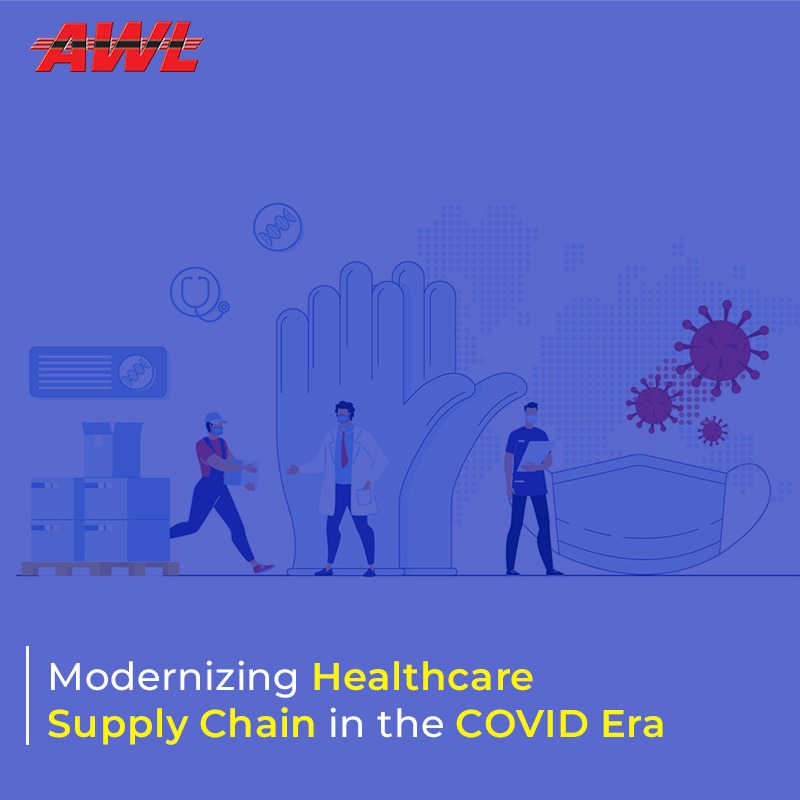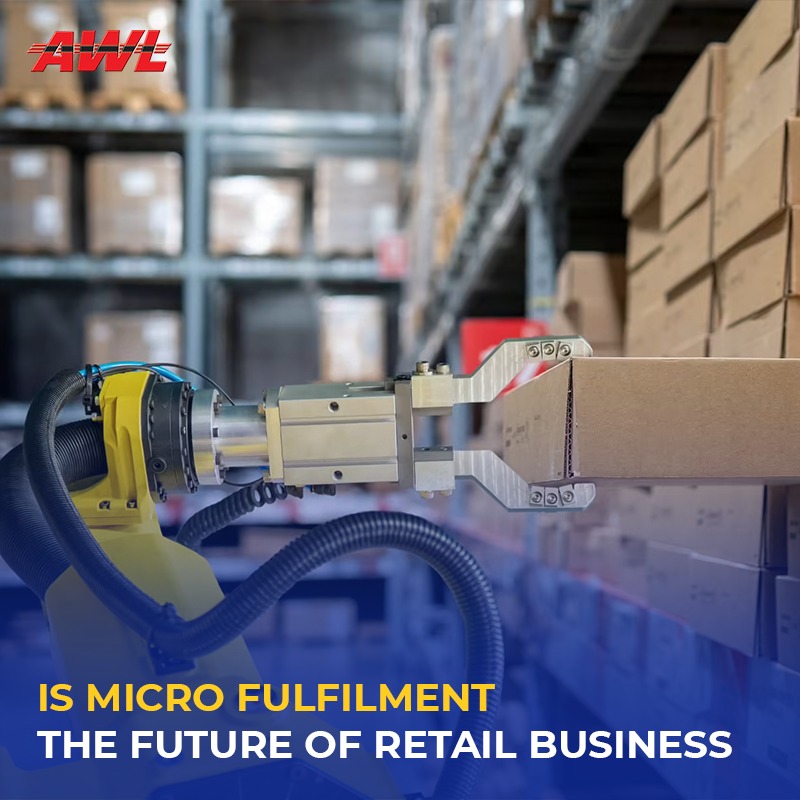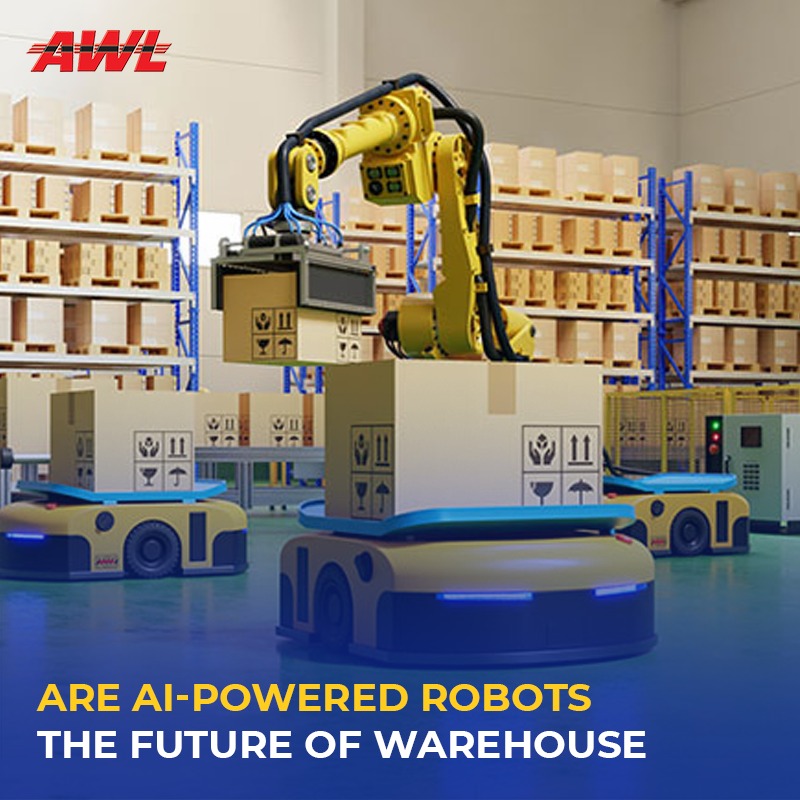

The history of mankind has seen a number of viruses that impact the lifeline itself. In the past, it was SARS, H1N1 and even the Ebola virus. The year 2020, has seen yet another pandemic bring the healthcare industry to a complete battle against time. In the past whenever there has been a healthcare crisis, the supply chain management provided by the healthcare logistics company has come under scrutiny.
As COVID has taken over the rest of the world, the healthcare officials have been grappling with the fear of managing their supplies of medicines and other protective equipment. This meant that the normal supply chain management systems saw a breakdown which was caused greatly due to the pandemic. From the past pandemic what we learned was that the healthcare logistics company had the biggest challenge yet again.
The main aim became planning now and for the future at the same time. For most supply chain management companies it became essential to take care of their team members well-being along with managing the supply chain stocks for medical essentials. Healthcare logistics companies had to come up with alternative plans so that they could mobilize crisis management mechanisms in the most effective way possible.
In the current times, it is essential to create complete transparency to figure out the essentials that need to be delivered and at the same time define the alternatives sources for the same. Stock and inventory management becomes all the more critical to ensure that there is enough supply and after-sales stock to bridge the gap between the supply and the production of essentials that were most needed. A lot of the times due to the pandemic there was panic buying which resulted in products like tissue paper going completely out of stock. Which is why the healthcare logistics companies had to assess the buyer behaviour to predict the movement of essential commodities.
Read More: Unicef Covid-19 Program: A ‘Testing Ground’ For Primary Healthcare System Resilience
Identifying the logistics demands along with that of capacity is something that most supply chain management organizations had to scale by providing flexible transportation modes as and when they were required. Relying on software, technology and other AI-based infrastructure has become a key to forecast and manage the smooth transition of healthcare supply to the places where they are needed the most.
The biggest challenge of modernizing the healthcare supply chain has been predicting and preparing for the uncertain times that lie ahead. A major part of it depends on how well healthcare logistics companies plan for a future that will be defined by how strong your processes are and will rely more on automation than on manual labour.
Also Read: The Journey of a Vaccine in Pharma Cold Chain from Manufacturing to Syringe

